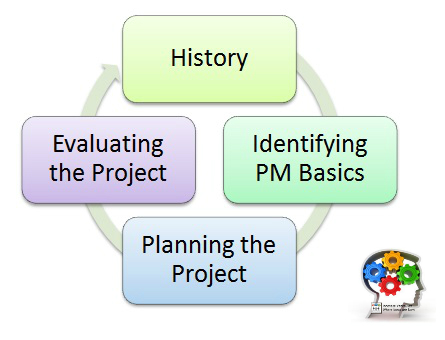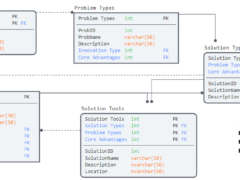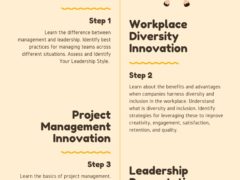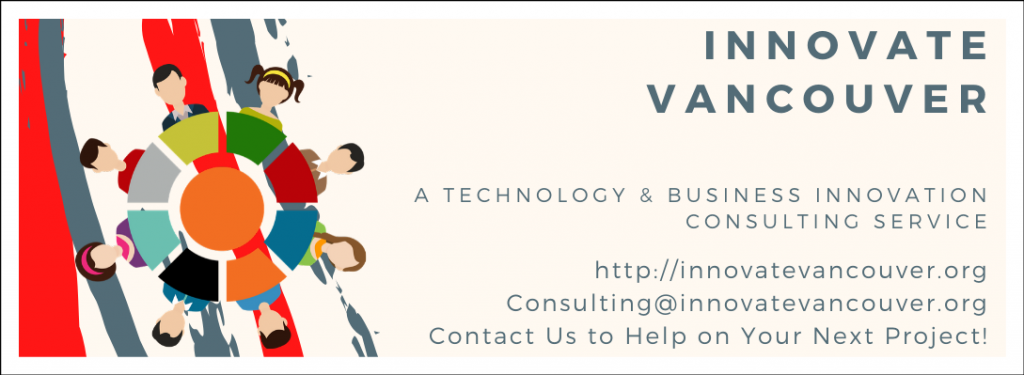Project planning should not be facilitated in a vacuum. In such circumstances the environment, the customer, the values, the goals, and the history of the problem to be solved will inevitably be misunderstood. Project evaluation and planning requires the participation of key stakeholders and the project owner(s) because their input, beliefs, expectations, and experience are considered crucial to identifying the projects requirements.
Identifying the project’s requirements involves an exploratory process to find the problem to be solved, the solution to be implemented, and the specifications that outline how the project team will do their work.

Not all projects are equal. What this means is that the project tools are identified based on the project and solution’s requirements. One project may need a work plan whereas the next may only need a GANTT chart, even bypassing the need for a project charter. A definitions list may be required by a new and complex project management effort but will not be necessary for projects that are iterating on previous competencies.
Although it remains reasonable to develop consistent project tools as well as principles for their application a one-size-fits-all approach is unadvised. Organizational and team cultures, as well as skill in the designated project areas, will greatly influence the depth, detail, and quality of documentation required to coordinate project efforts.

The tools selected are often determined by:
- The project Type
- Industry
- Experience
- Technology
- Complexity
- Timeline
- Resources
- Costs
- Impact, etc.
There is no one-size-fits-all approach to managing projects. An effective project management office builds its expertise in the use of core project management tools. But this is not enough. Understanding when to use each tool and how to apply it across different project types remains crucial to expanding the team’s competencies.

The process begins with understanding the project’s history followed by identifying the core project tools required for success. The next stage involves planning the project, followed by feedback mechanisms that both help evaluate the tools being used as well as identify when pivoting (changing direction) is warranted.

The above Project Evaluation & Planning Canvas expands on the four stages mentioned earlier, emphasizing the first row which helps the project team to evaluate if an intervention (or pivot) is needed before proceeding further. Albert Einstein was quoted as saying that “Problems cannot be solved at the same level in which they were created.” What this essentially means is that the tools that created the problem cannot also be used to solve the problem.
Different tools, processes, strategies, and values (etc.) are required if different results are ever to be achieved. Achieving high quality outputs at the end of every project requires tailoring each tool to fit the problem. As project complexity increases so does the need for the team to leverage milestones and team meetings to check the project’s performance.
How does your team identify which project tools to use? Support project evaluation? Share your comments below.
Travis Barker, MPA GCPM
http://twitter.com/innnovatevan
Innovate Vancouver is a business development & consulting service and technology startup located in Vancouver, BC. Contact Innovate Vancouver to help with your new project. Innovate Vancouver also gives back to the community through business consulting services. Contact us for more details.





